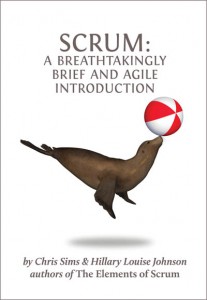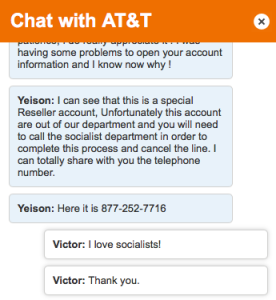When I designed software for personal finance, I thought a lot about helping people simplify and understand their cash flow. One method I created is an exceedingly simple way to track spending on projects that my wife and I have been using for years.
Most people track their money by tracking their spending. On the computer, there are websites such as Mint or You Need a Budget that will track everything you buy down to the cent, help you categorize every one of those expenses, and track it all on a regular basis.
We think that’s insane. Well, maybe once in a while it’s good to do a financial checkup to revisit where you’re spending your money. But really, all that time tracking expenses could be better spent making money or enjoying life.
Here’s the secret to how we do it: Instead of tracking spending, we track buying. We do this with our Things To Buy List.
Why don’t we track spending? We don’t track spending on fixed costs like our mortgage or the water bill since those 1) don’t change much and 2) need to be paid whether we like it or not. Any large expenses we’ve saving for, from retirement to the kids’ college education, is automatically deducted from our account. What’s left is money we can use for incidental expenses such as home projects, and for this task we want to track our buying. Tracking stuff we want to buy is also more fun than tracking money that’s already left us!
To track what we buy, we start by creating a list of things we want to buy. We’ll do this someplace digital so that it’s easy to share, re-prioritize, and cross items off the list. We use a wiki, but you could use a Google Doc, a shared to-do list, or a paper list on your refrigerator. Here’s what the top of our list actually looks like right now:

Then, as we have time to work on these projects, we’ll look at our checking account to see how much extra money is there and use it to buy things starting at the top of the list.
That’s it. That’s our entire method: Check the account, buy the stuff, and occasionally update the list.
Could a Things to Buy List work for you?





